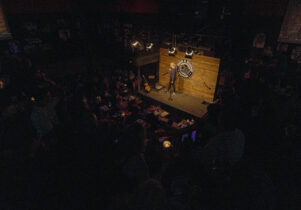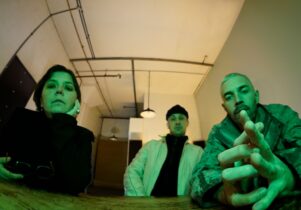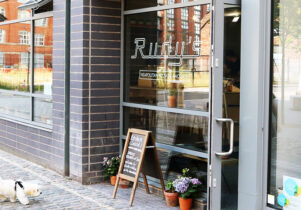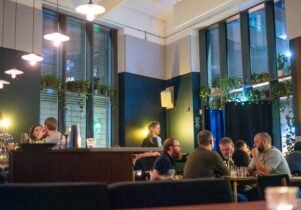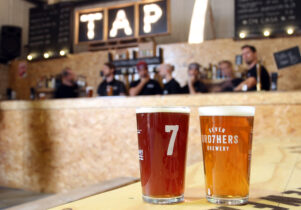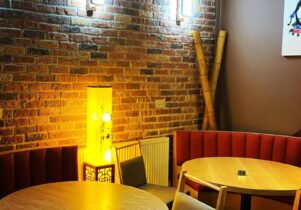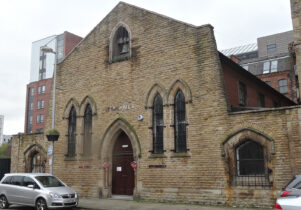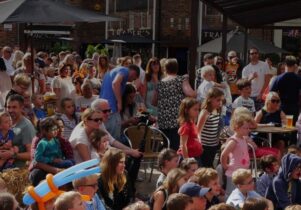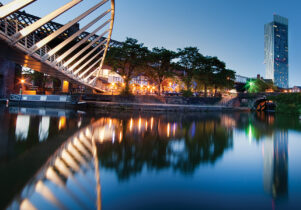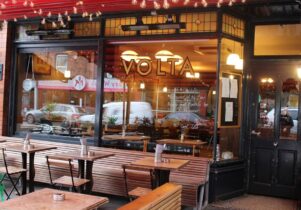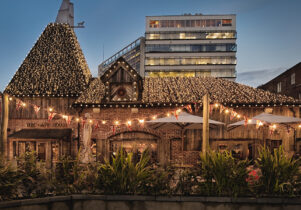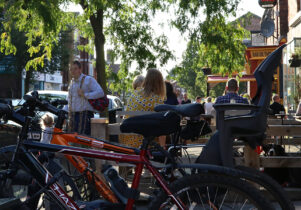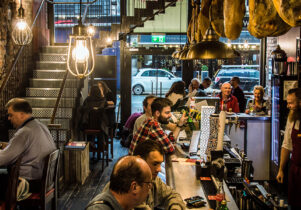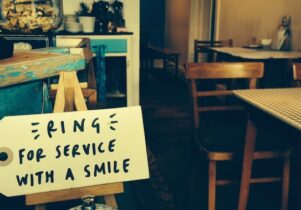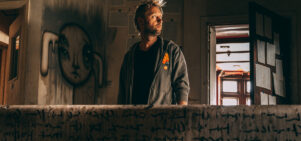Hallé St Peter’s
Phoebe Hurst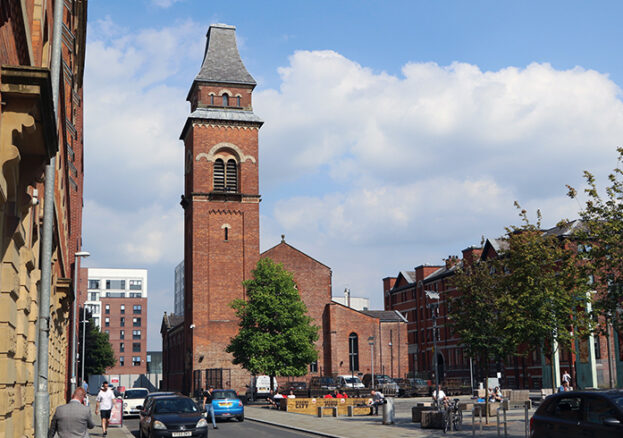
Perhaps as a plot to mystify the London record label bosses at Rough Trade or merely as a playful reference to keep the band’s more obsessive fans guessing; a fictitious backing singer named “Ann Coates” is credited on the inner sleeve of The Smiths’ 1986 album, The Queen is Dead. Of course, “Ann” doesn’t exist at all (her “voice” is actually Morrissey’s filtered through a harmoniser). The name is a play on the North Manchester area of Ancoats and probably constitutes the extent of the district’s notoriety in recent pop memory.
If Ancoats were to be transformed into a living, breathing (and, presumably, singing) human being, what would she be like? Described as Manchester’s first industrial suburb, Ancoats developed during the 17th century to accommodate the city’s new textile mills and cheap housing. But many of the mills that once made Ancoats’ fortune became building sites, and slum clearance in the 1960s left whole streets of houses derelict.
Now, “Ann Coates” must be pushing 300, so she could be forgiven for looking a little worse for wear, but the area is in fact being given a new lease of life; the long-dormant red-bricked buildings and vacant warehouses are undergoing (or have undergone) architectural redevelopments, now acting as flats (boo) and many, many small independent businesses (yay).
Built in 1859 as an Anglican church before congregation decline spelled its closure in the 1950s, St. Peter’s was splendidly refurbished by the Hallé Orchestra as a venue and rehearsal space. Grants from the Heritage Lottery Fund and the Hallé’s own fundraising paid for an extensive restoration project which included repairs to the church’s roof, stained glass windows and brickwork.
St. Peter’s greets the Ancoats visitor as a defiant snub to urban decline
Hallé St. Peter’s now claims much of its former glory. Towering over Blossom Street, it greets the Ancoats visitor as a historic symbol – and a defiant snub to urban decline. Inside, the gleaming iron pillars and criss-crossing lights belie any of the industrial grime the church may have once known, and its pew-less floor space comfortably fits an entire orchestra. Although the church’s primary function is a home for the Hallé’s community projects, the space also houses many other small gigs and concerts, and opens its doors to a number of festivals.
Even without visiting St. Peter’s, taking a wander around its restored neighbourhood is an architectural treat and it’s striking that, a good two decades after the founding of the Ancoats Urban Village Company the regeneration that was much talked of in the 1990’s has actually arrived. The area is booming with building projects, with many new ventures set to join this bustling hub of independent business. From industry hub to derelict sprawl to Time Out‘s 11th coolest neighbourhood in the world, “Ann Coates” has a few years left in her yet…


